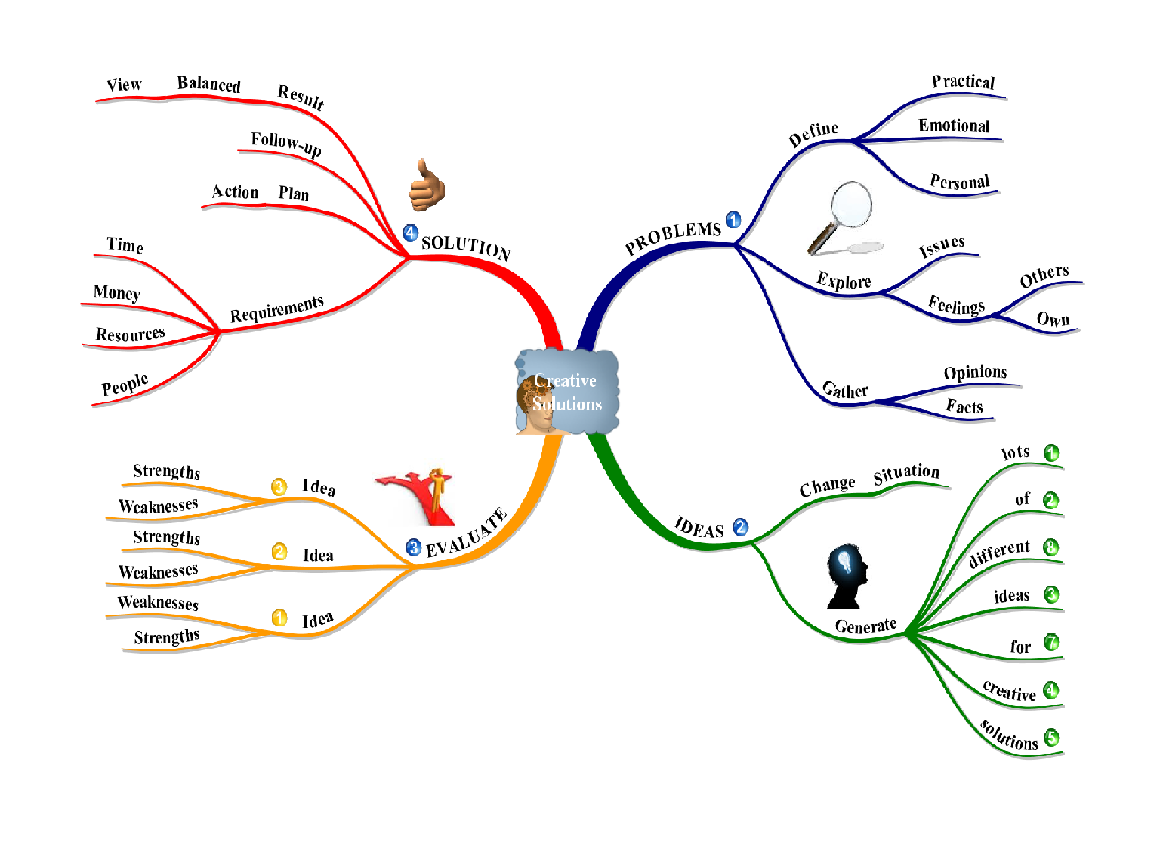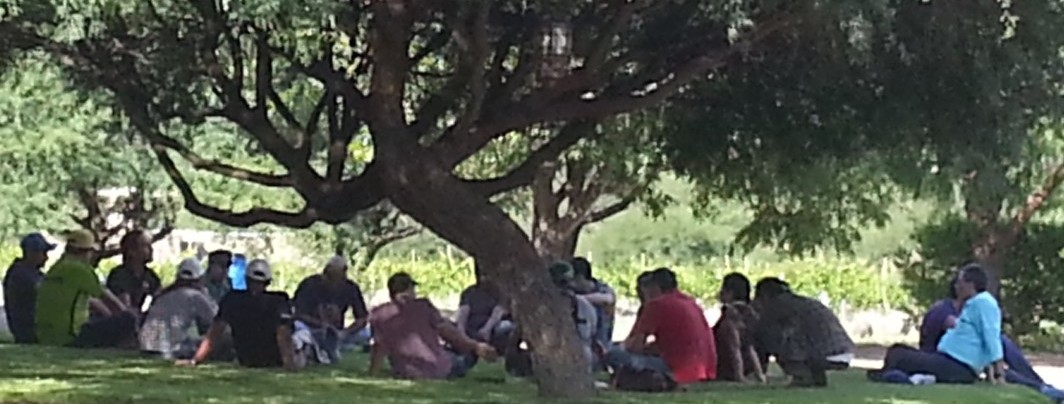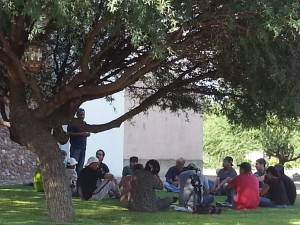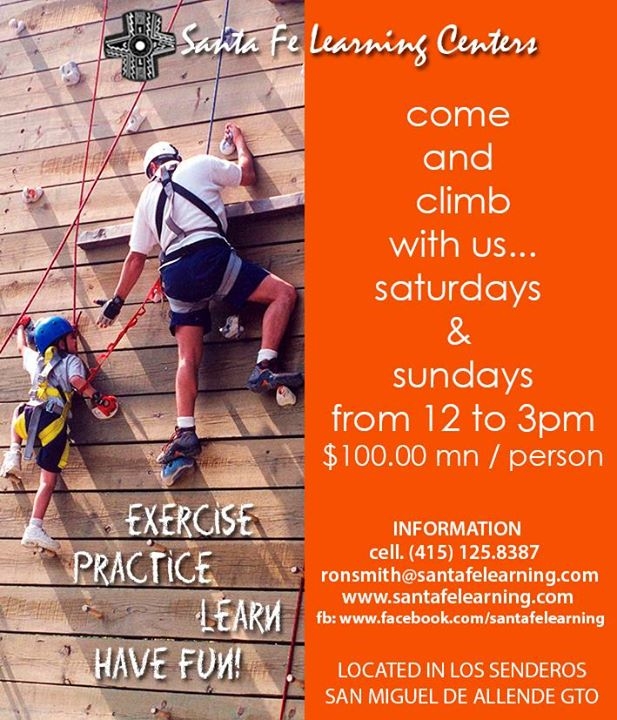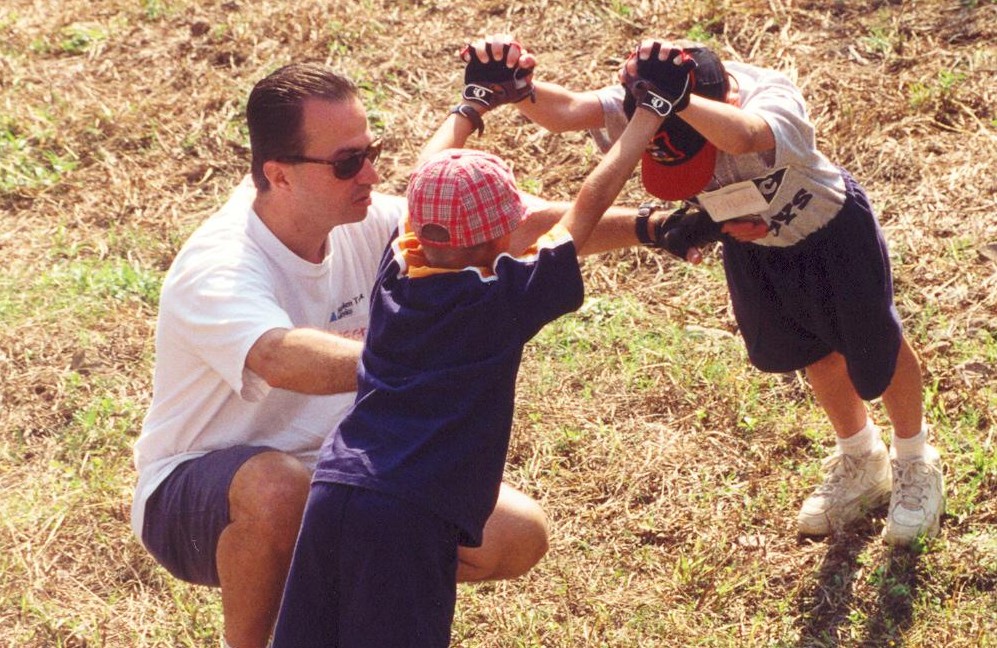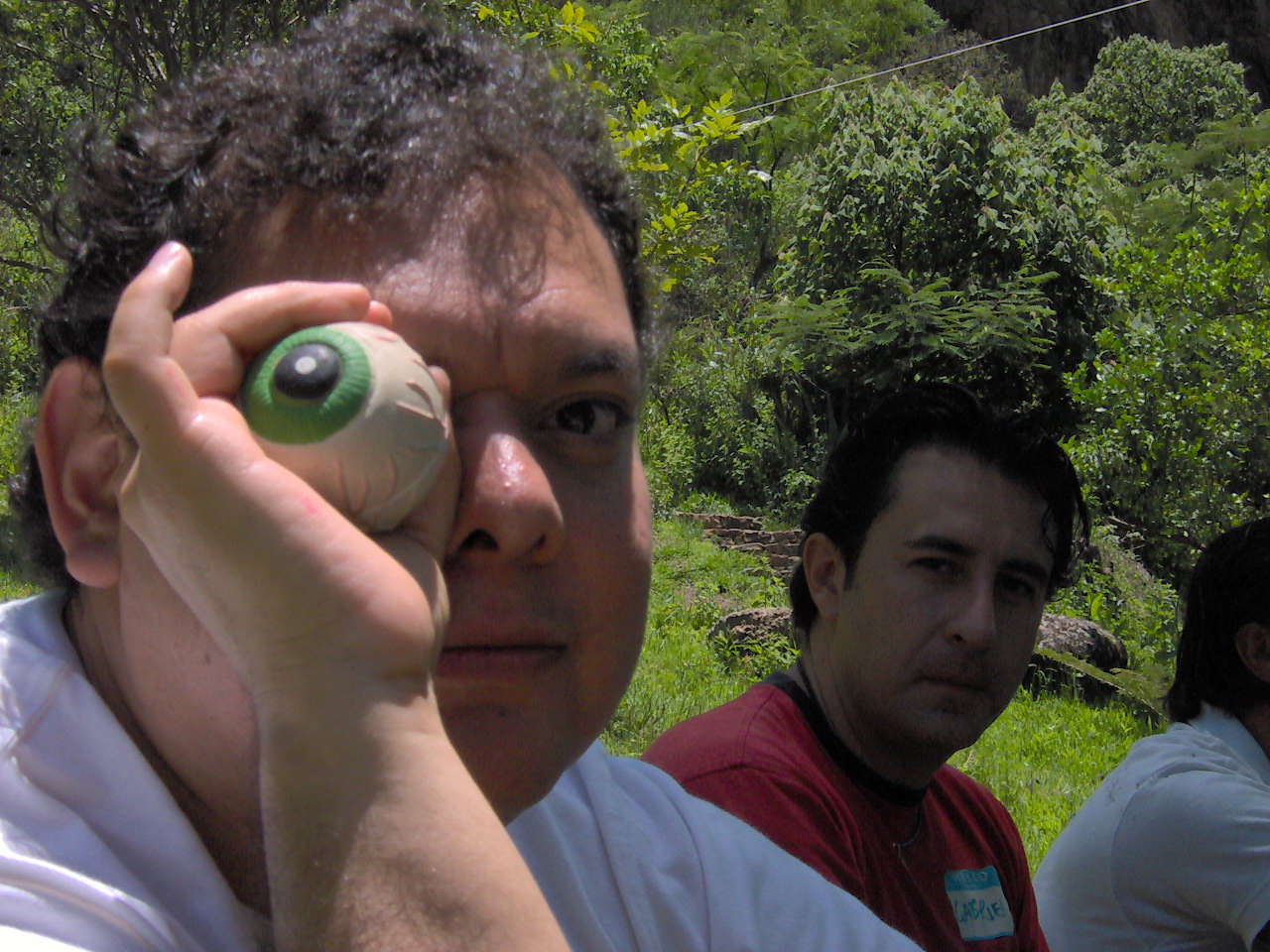It’s been nearly 15 years since Patrick Lencioni published “Death by Meeting”. Lencioni says we need more conflict in our meetings and it is a leadership skill to identify conflict and bring it into discourse. As we become more polarized as a society, this becomes more challenging because we are not reading much about great back and forth discussions and the exploration of win win solutions. A recent article in Knowledge @ Wharton applies the idea championed by Lencioni to marketing. read more here
Here is a chart of the key ideas from a summary of Lencioni’s book.
Meeting Type
| Time Required | Purpose & Format | Keys to Success | |
| Daily Check-In
|
5 – 10 minutes | Share daily schedules and activities.
|
|
| Weekly Tactical
|
45 – 90 minutes | Review weekly activities and metrics, and resolve tactical obstacles and issues.
|
|
| Monthly Strategic
(or Ad Hoc Strategic)
|
2 – 4 hours | Discuss, analyze, brainstorm, and decide upon critical issues affecting long-term success.
|
|
| Quarterly Off-Site Review
|
1 – 2 days |
Review strategy, industry trends, competitive landscape, key personnel, team development. |
|

